First Run of the Best Friend of Charleston
On December 25, 1830, the Best Friend of Charleston completed its first run. It was the first American-built steam locomotive to haul a train of passenger cars on a public railroad.
On December 26, 1972, America’s 33rd president, Harry S. Truman, died, closing the chapter on a leader who had guided the nation through the final days of World War II and the uncertain dawn of the Cold War. Plainspoken and decisive, Truman rose from humble beginnings to make some of the most consequential choices in US history—decisions that reshaped America’s role on the world stage and still spark debate today.
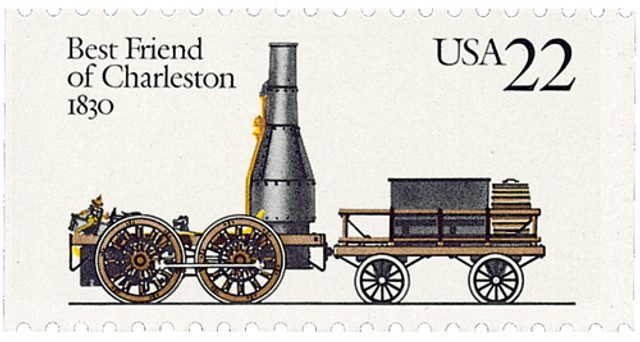
On December 25, 1830, the Best Friend of Charleston completed its first run. It was the first American-built steam locomotive to haul a train of passenger cars on a public railroad.

On the cold night of December 24, 1826, a group of cadets at the United States Military Academy at West Point launched an eggnog-fueled riot that shocked the school and embarrassed the young nation. What began as a forbidden holiday celebration quickly spiraled into violence, gunfire, and destruction. By the following morning, order was restored—but the incident, later known as the Eggnog Riot, left a lasting mark on West Point’s history.

On December 23, 1966, Festivus was quietly celebrated for the first time in upstate New York. The O’Keefe family created a tradition that was entirely their own, marking it as a day to honor family, humor, and unconventional celebration. What began as a private family gathering would eventually grow into a cultural phenomenon, blending satire, reflection, and playful rebellion against the commercialization of traditional holidays.

On December 22, 1910, the US Post Office Department issued its first Postal Savings Official Mail stamp. These stamps were part of an innovative effort to help everyday Americans save money safely, especially in rural areas and among working-class citizens. Though the stamps were short-lived, they remain a fascinating glimpse into early 20th-century financial history.

On December 9, 1962, Petrified Forest National Park was officially established, upgrading an already protected landscape into a full national park. The designation ensured stronger protection for its fossil-rich badlands, archaeological sites, and striking deposits of petrified wood, and it marked a major milestone in decades of preservation efforts.

On November 26, 1789, Americans celebrated Thanksgiving for the first time under a presidential proclamation. Although people in the colonies had held harvest celebrations of thanks since the 1600s, the idea of a single, nationwide holiday did not yet exist. For more than two centuries, different communities held their own thanksgiving observances at various times of the year, often tied to local harvests, military victories, or special religious moments. It would take national leadership—and eventually the influence of several presidents—to turn Thanksgiving into the unified holiday we know today.
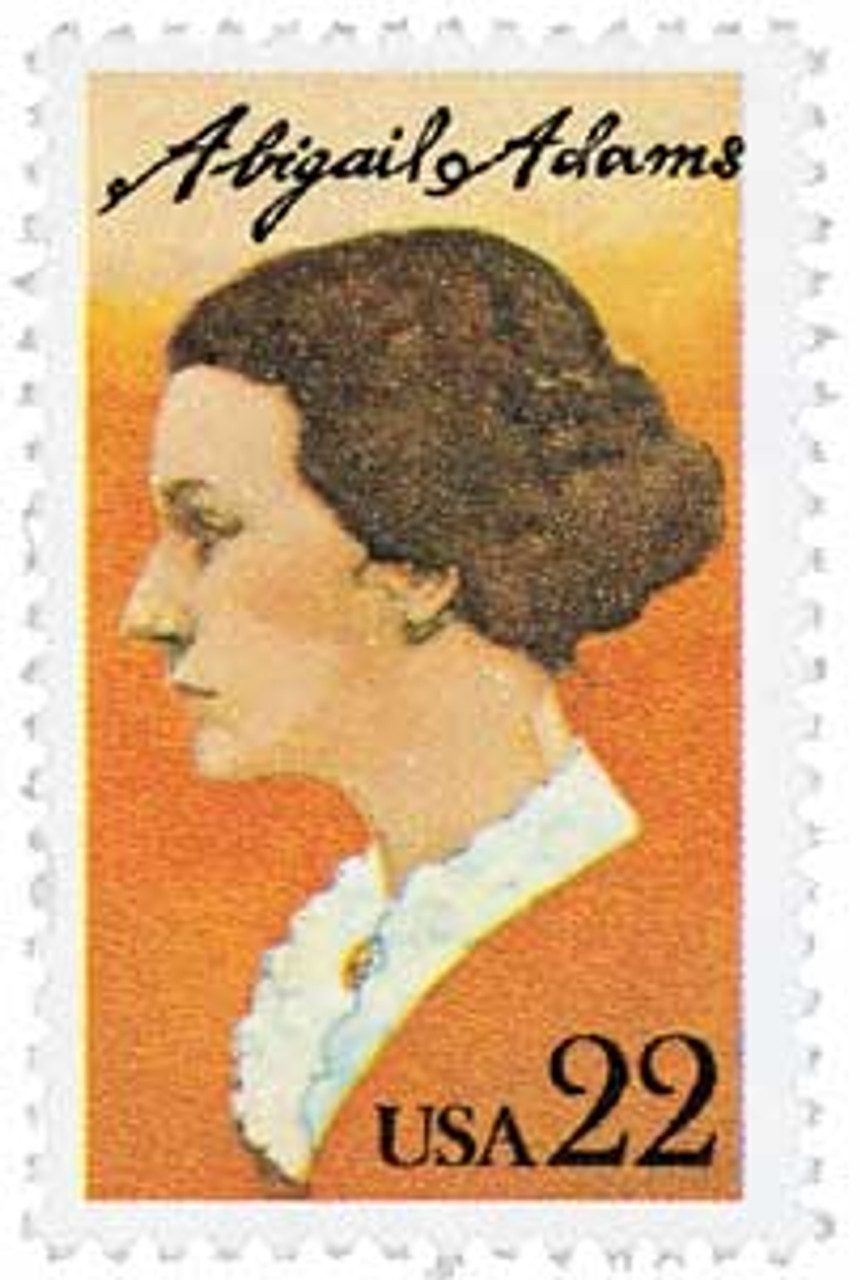
Abigail Adams, America’s second First Lady, lived a life shaped by intelligence, resilience, and an unwavering sense of purpose. Born Abigail Smith on November 22, 1744 (November 11 in the Old Style calendar) in Weymouth, Massachusetts, she grew up during a time when girls were rarely encouraged to pursue learning. Yet Abigail’s curiosity, sharp mind, and determination made her one of the most influential women of the Revolutionary era. Her letters, ideas, and leadership helped shape the emerging nation, leaving a legacy that continues to inspire Americans today.
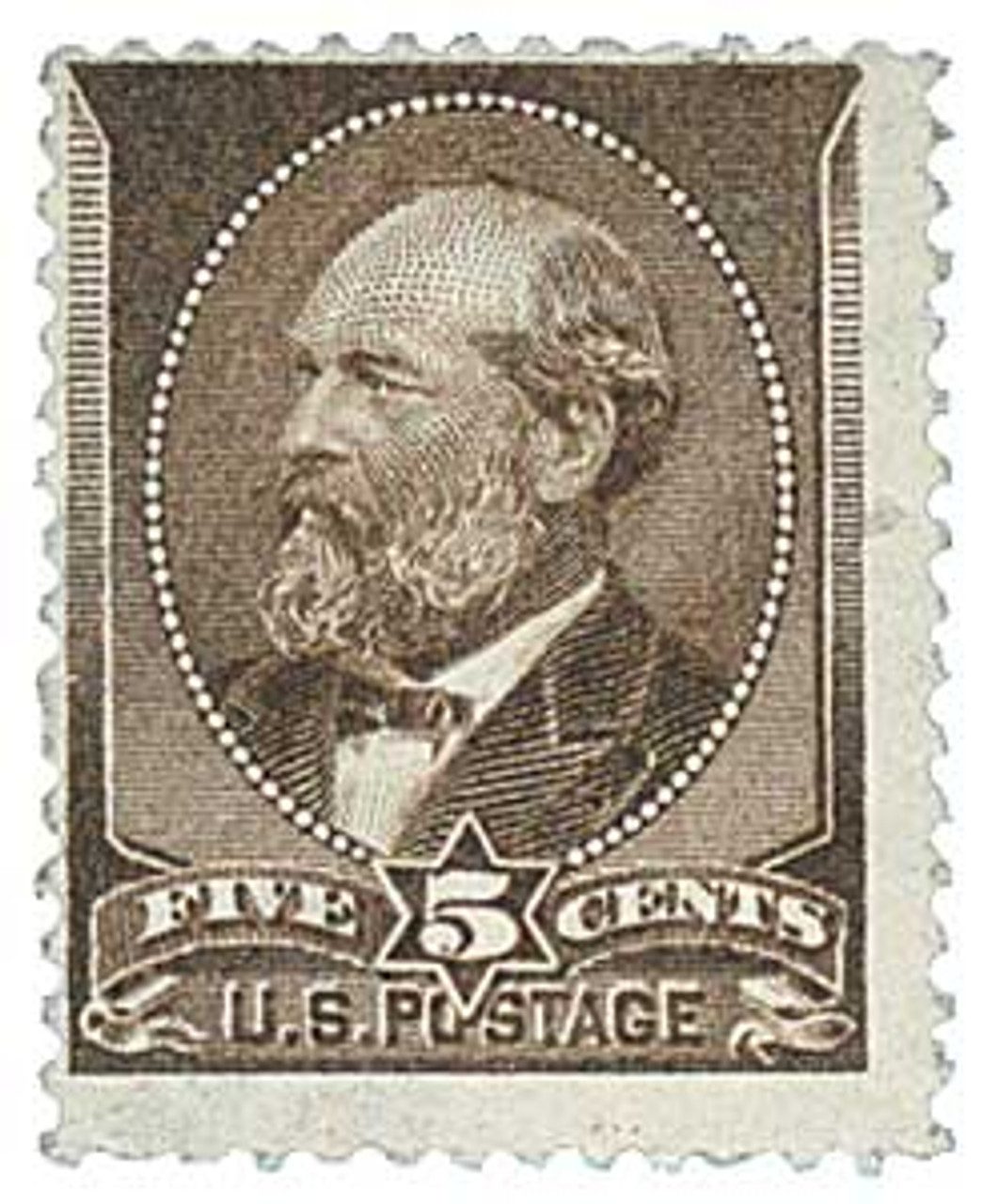
The last of the “log cabin presidents,” James A. Garfield was born November 19, 1831, near Cleveland, Ohio, to impoverished farmers. Rising from those humble beginnings, he forged a remarkable path as a scholar, Civil War general, and eventually the country’s 20th president.
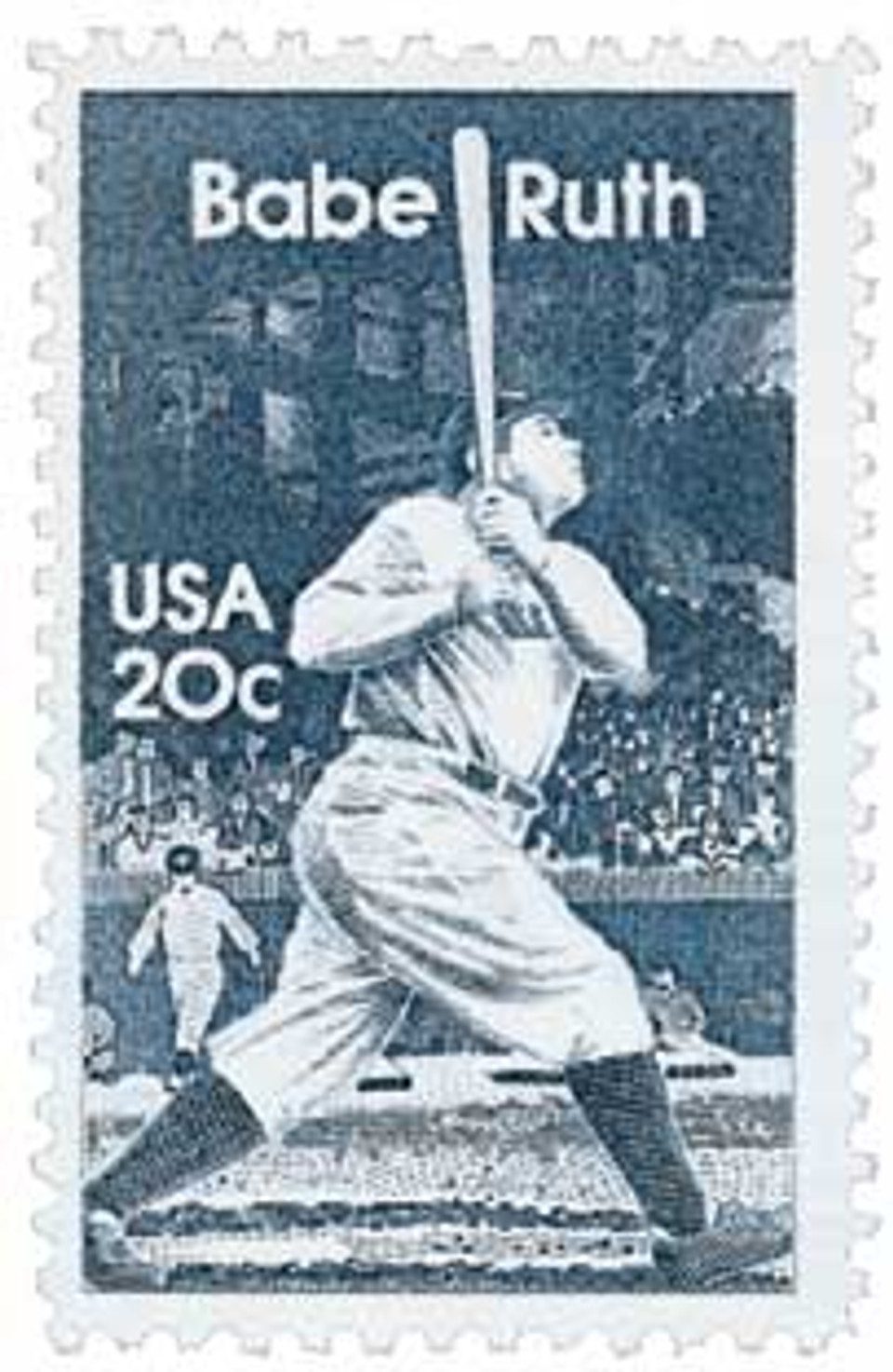
On December 26, 1919, Babe Ruth was sold by the Boston Red Sox to the New York Yankees, ushering in the long-standing superstitious Curse of the Bambino.
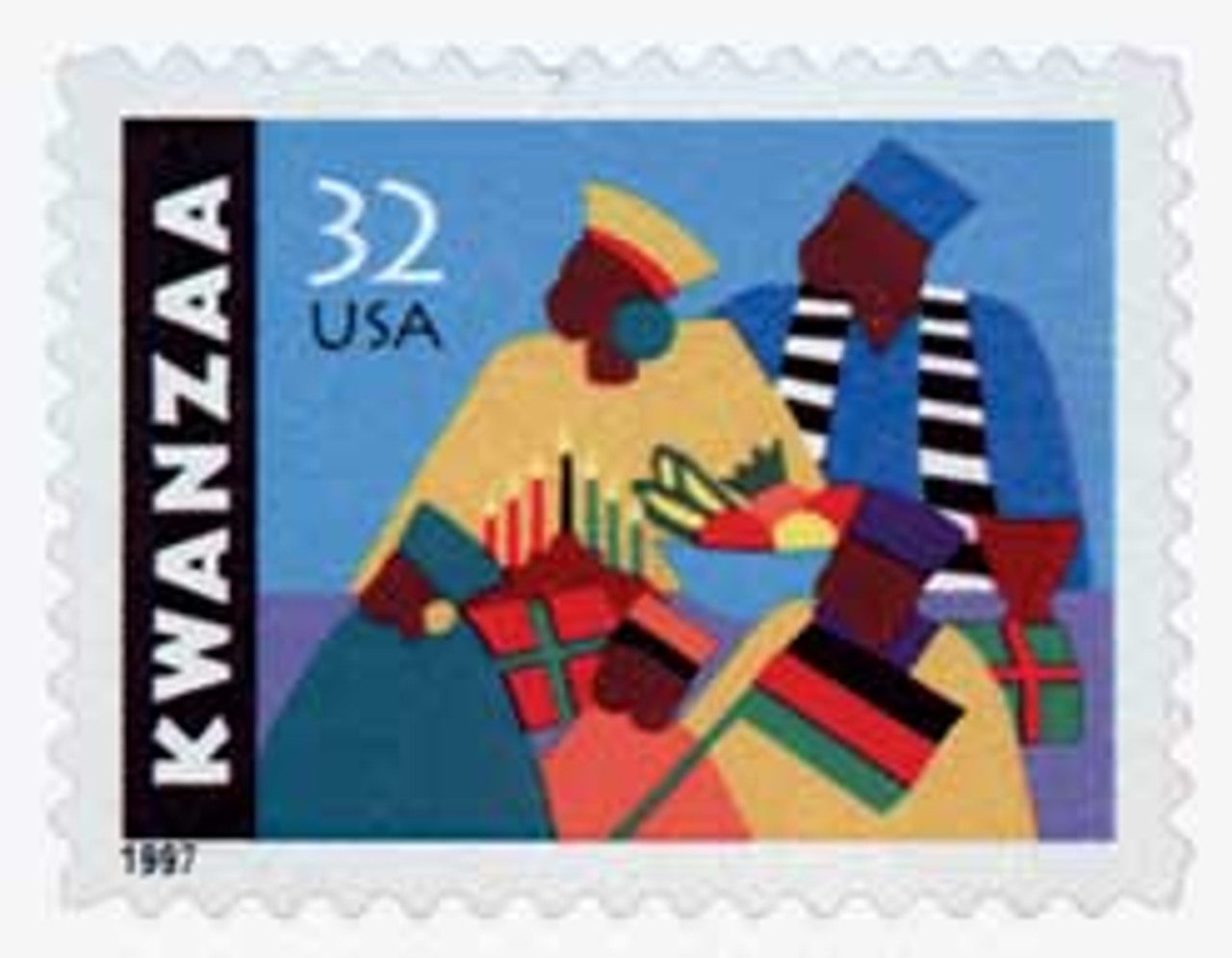
On December 26, 1966, Maulana Karenga celebrated the first Kwanzaa. With its fusion of ancient African practices and African-American ideals and aspirations, Kwanzaa is a non-denominational celebration.

On December 26, 1935, Shenandoah National Park was officially established in Virginia. The park is most well-known for its 105-mile Skyline Drive.
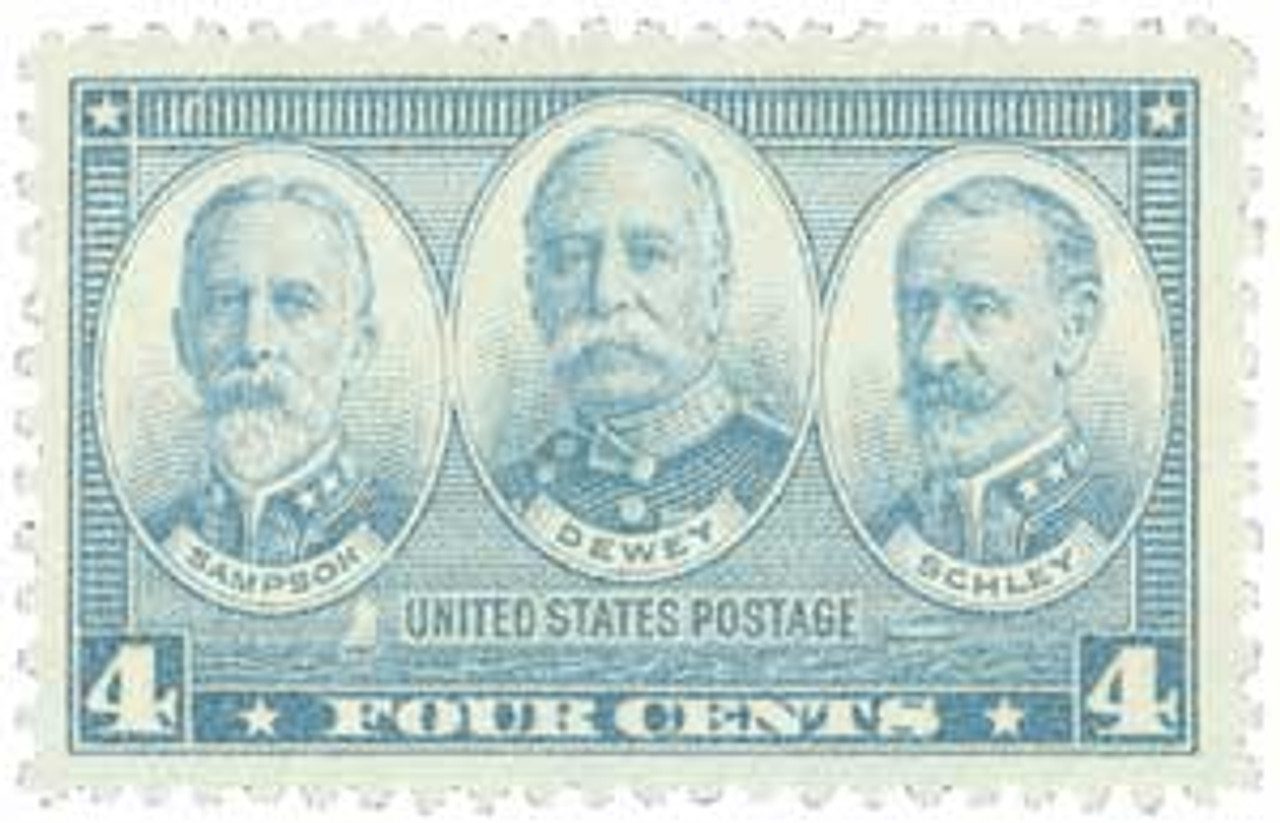
George Dewey was born in Montpelier, Vermont, on December 26, 1837. A hero of the Civil War and Spanish-American War, he was the first, and to date only, person promoted to Admiral of the Navy.
Love history?
Subscribe to get This Day in History stories straight to your inbox every day!